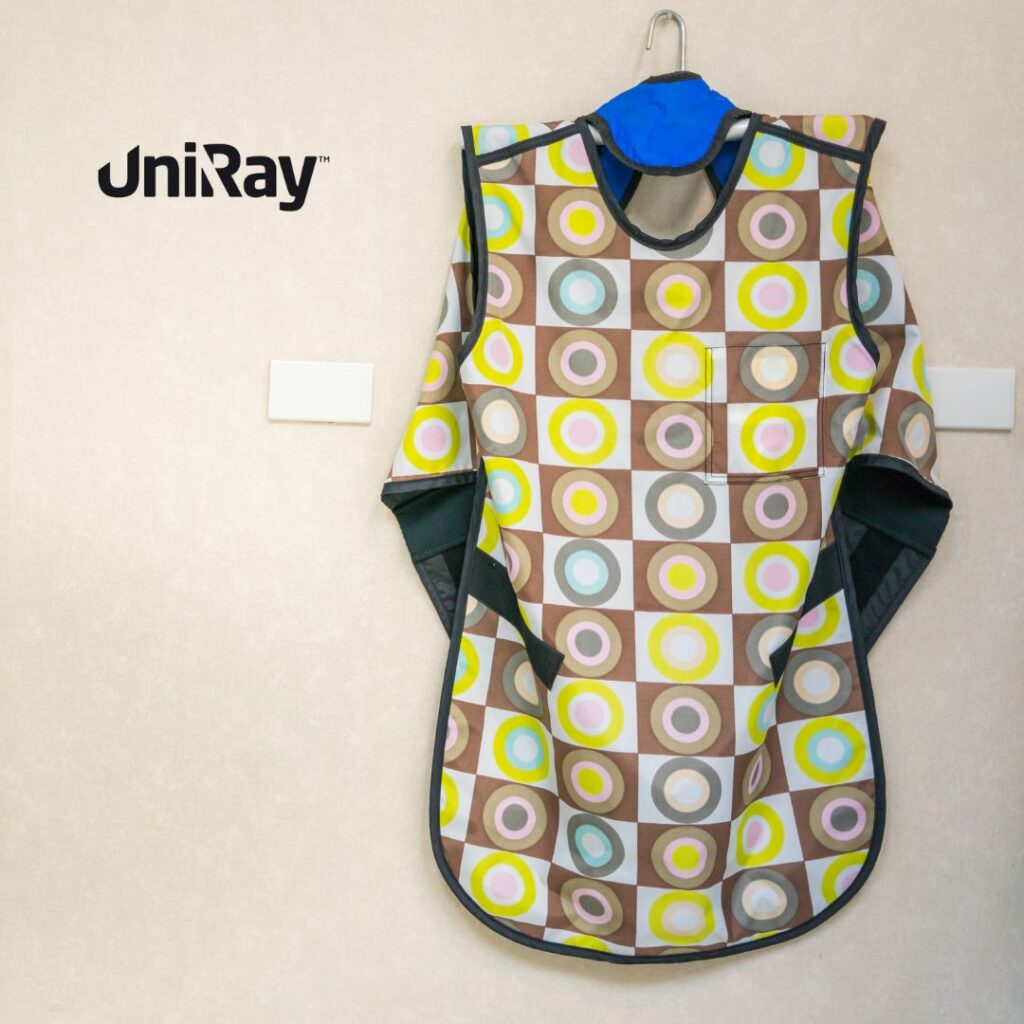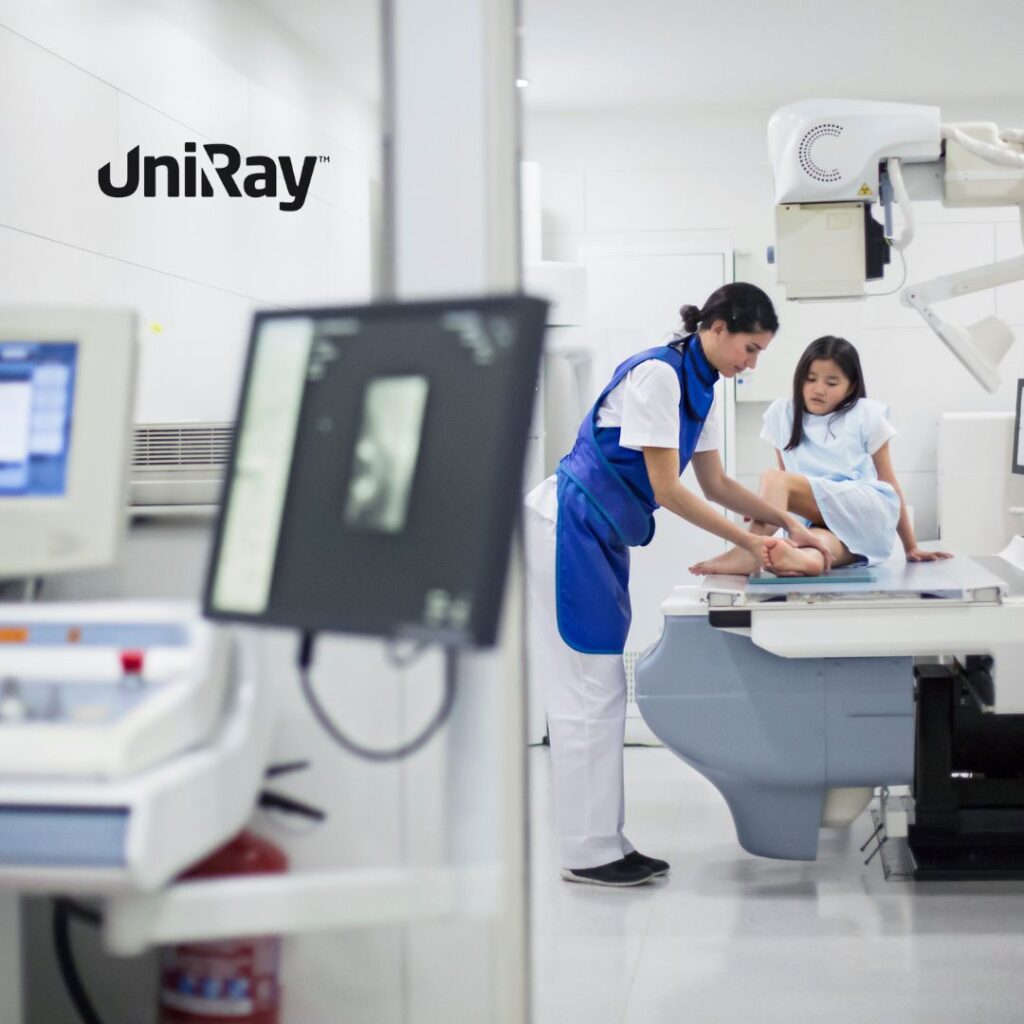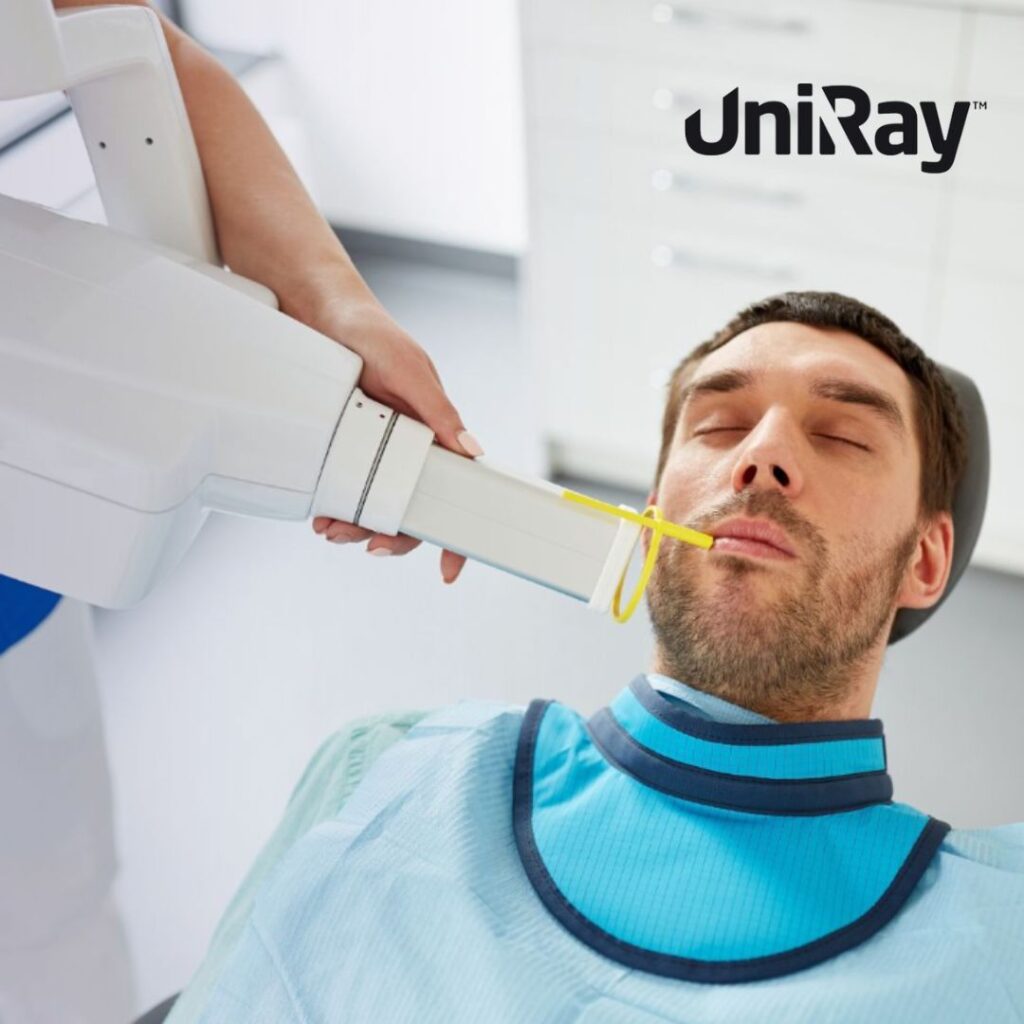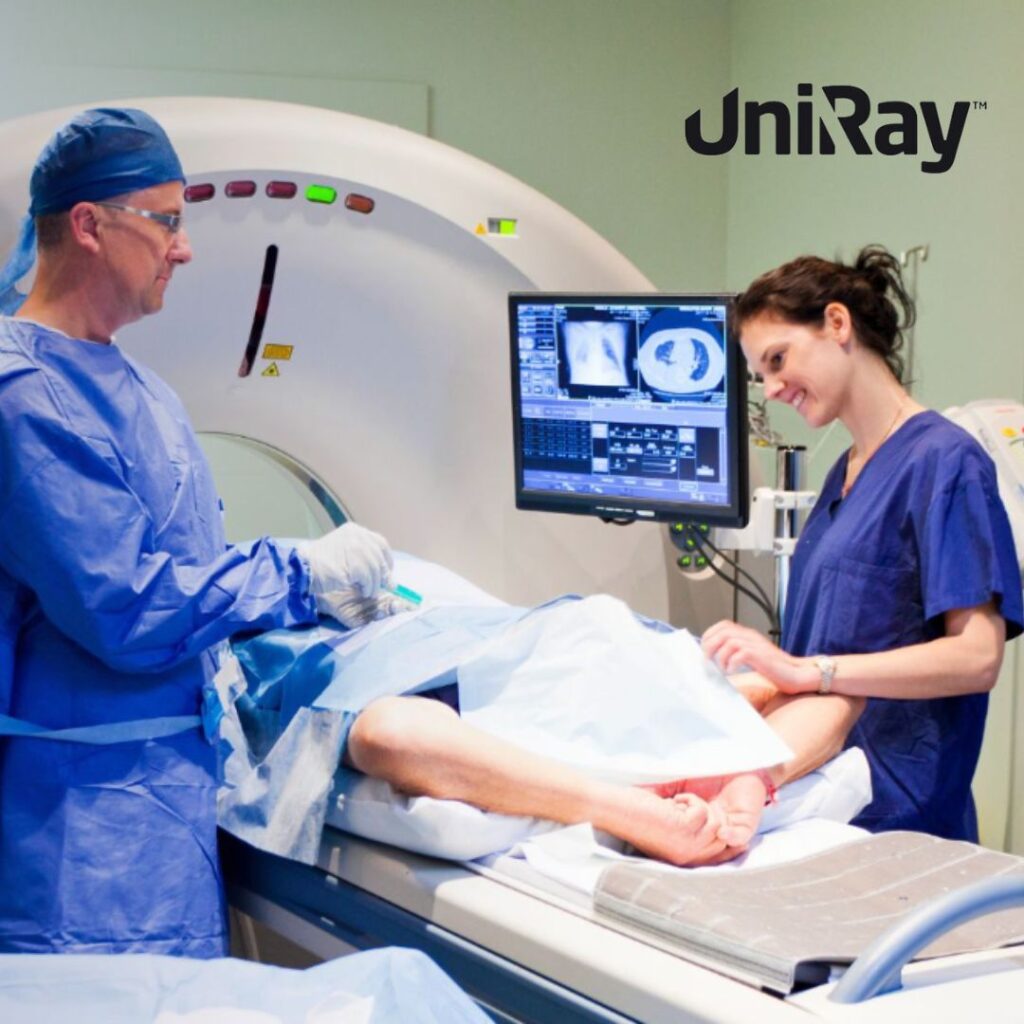Radiation exposure, particularly in medical and industrial settings, requires robust protective measures to safeguard health. Prolonged or unshielded exposure can lead to severe complications, including tissue damage and increased cancer risk. This is where radiation protection equipment comes in, providing essential barriers between harmful ionizing radiation and the human body. In this comprehensive guide, we explore the top 10 radiation protection tools and their importance in various professional fields, while ensuring the equipment meets safety and comfort standards.
 Why Radiation Protection is Crucial
Why Radiation Protection is Crucial
Radiation is invisible, silent, and highly potent, making it a dangerous hazard if not handled properly. Whether you’re a healthcare professional working with X-rays, a researcher handling radioactive substances, or an industrial worker dealing with radiation-emitting machinery, radiation protection equipment is your first line of defense. Its purpose is not only to reduce exposure but also to enable professionals to perform their duties confidently and safely.
Top 10 Radiation Protection Equipment
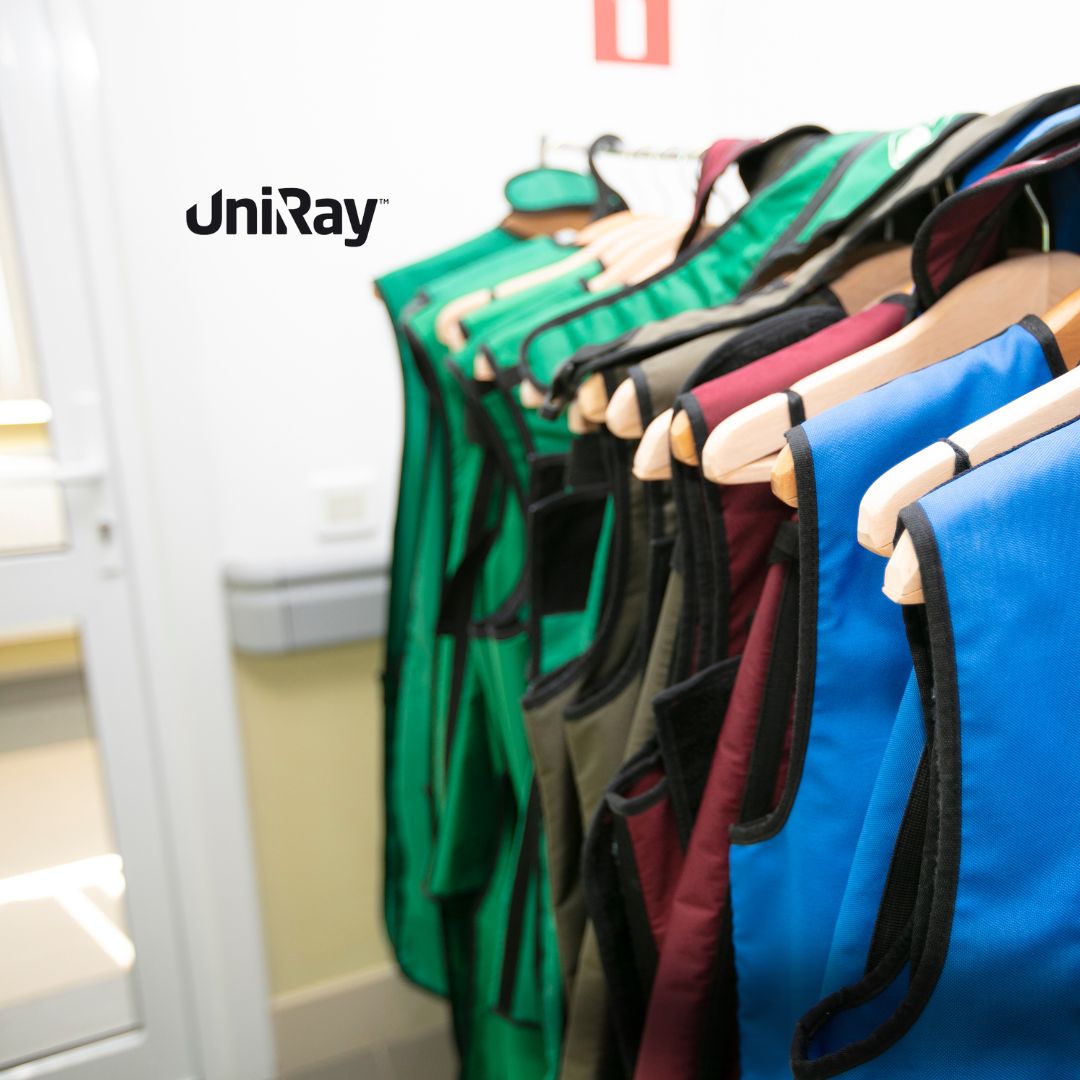
1. Lead Aprons
Lead Apron are the cornerstone of radiation protection for medical professionals and technicians. These heavy-duty aprons are designed to shield vital organs from scattered radiation during procedures such as X-rays and fluoroscopy. Their lead core effectively absorbs and blocks radiation, making them a staple in hospitals and imaging centers. Despite their weight, modern designs aim to enhance comfort without compromising protection.
2. Lead-Free Aprons
For those seeking lighter alternatives, Lead-Free Apron offer excellent protection using eco-friendly, non-toxic materials. These aprons are especially beneficial for professionals who need to wear them for extended periods, as they reduce strain while maintaining high radiation attenuation levels.

3. Thyroid Shields
The thyroid gland is highly susceptible to radiation, and prolonged exposure can increase the risk of thyroid cancer. A Thyroid Shield is a critical piece of equipment for professionals regularly exposed to ionizing radiation. These shields are ergonomically designed to protect the neck area without restricting movement, ensuring comfort and safety during medical or industrial procedures.
4. Radiation Protection Glasses
The eyes are another vulnerable area that requires shielding. Radiation Protection Glasses come equipped with leaded lenses to block scattered radiation from reaching the sensitive eye tissues. They are commonly used by radiologists, surgeons, and technologists working in high-exposure environments. These glasses not only protect but also offer clear visibility and comfort during long procedures.
5. Lead Gloves
For hands-on tasks involving radiation-emitting devices, Lead Gloves are indispensable. These gloves provide a strong shield against direct and scattered radiation while allowing enough flexibility for precise work. They are often used in interventional radiology, surgery, and nuclear medicine applications.
6. Radiation Protection Gloves
A modern alternative to traditional lead gloves, Radiation Protection Gloves utilize advanced materials to reduce weight while maintaining high levels of protection. They are ideal for extended use, offering both comfort and durability in demanding environments like diagnostic labs and radiation therapy centers.
7. Dental Lead Aprons
Dental practitioners often require specialized protection for their patients during X-ray procedures. A Dental Lead Apron is specifically designed to shield patients’ torsos from unnecessary exposure, ensuring safety during routine dental imaging. Its tailored design focuses on comfort while providing optimal protection.
8. Lightweight Lead Aprons
Heavy protective equipment can cause fatigue, especially during long shifts. Lightweight Lead Aprons address this issue by using thinner but equally effective materials to reduce strain on the wearer. These aprons are perfect for professionals who require mobility and comfort without compromising on safety.
9. Mobile Shield Barriers
For dynamic environments like operating rooms or imaging labs, mobile shield barriers offer flexible protection. These shields can be moved to block radiation from specific areas, ensuring that operators and bystanders are protected during procedures.
10. Radiation Shielding Curtains
Radiation shielding curtains provide a versatile solution for creating protective zones in high-radiation areas. They are commonly used in labs, hospitals, and industrial sites to shield entire sections or workstations from radiation exposure.
Applications of Radiation Protection Equipment
Healthcare
Medical professionals rely heavily on radiation protection equipment to shield themselves and patients during diagnostic and therapeutic procedures. Items like Lead Aprons, Thyroid Shields, and Radiation Protection Glasses are standard tools in radiology and oncology departments.
Industrial
Workers in industries like nuclear power plants, manufacturing, and construction often face significant radiation risks. Equipment such as Radiation Protection Gloves and mobile shields ensures their safety while maintaining productivity in these high-exposure environments.
Research and Education
Laboratories and universities often use radiation protection tools to safeguard researchers and students conducting experiments with radioactive materials. Customizable equipment like shielding curtains and lead-free aprons ensures compliance with safety protocols while maintaining accessibility for learning and discovery.
How to Choose the Right Equipment
Selecting the right radiation protection equipment depends on factors like the nature of the work, exposure levels, and individual comfort. For example, professionals working long hours may prefer Lightweight Lead Aprons, while those performing intricate tasks might opt for flexible Radiation Protection Gloves. Ensuring equipment meets regulatory standards is also critical to guarantee maximum effectiveness.
Balancing Safety and Efficiency
Radiation protection equipment has evolved significantly, focusing not only on safety but also on user comfort and sustainability. Innovations such as Lead-Free Aprons and ergonomic shields demonstrate the industry’s commitment to enhancing usability while adhering to strict safety standards.
Conclusion
Radiation protection equipment is indispensable in any environment involving exposure to ionizing radiation. From Lead Aprons and Thyroid Shields to advanced tools like mobile barriers and shielding curtains, each item plays a critical role in reducing risks and safeguarding health. Prioritizing the right equipment for specific tasks ensures not only compliance with safety regulations but also peace of mind for professionals and patients alike. By investing in quality radiation protection, organizations can create safer, more productive environments for everyone involved.
